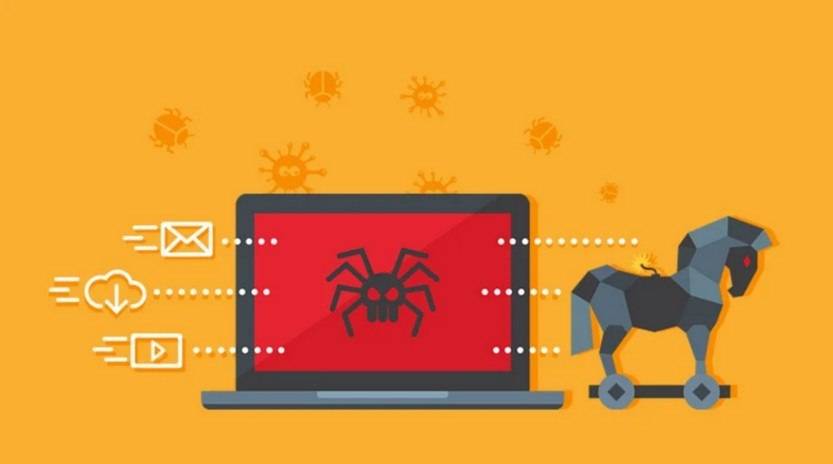‘Every Time Her Picture Is Shared She Receives $1’ Facebook Scam Post
Scams have become an unfortunate reality in the digital age, with fraudsters constantly finding new ways to deceive unsuspecting individuals. One such scam that has gained traction on social media platforms, particularly Facebook, is the ‘Every Time Her Picture Is Shared She Receives $1’ scam post. This article aims to shed light on what this scam is, how it works, what to do if you have fallen victim, and provide valuable insights to protect yourself from falling prey to similar scams.

What is the ‘Every Time Her Picture Is Shared She Receives $1’ Facebook Scam Post?
The ‘Every Time Her Picture Is Shared She Receives $1’ Facebook scam post is a deceptive scheme that preys on users’ emotions and desire to help others. The scam typically involves a post featuring a photo of a person, often a child or someone in need, accompanied by a heart-wrenching story. The post claims that for every share, the person in the photo will receive a dollar from a generous sponsor.
These scam posts often go viral due to their emotional appeal, with users sharing them in the hopes of making a positive impact. However, the reality is that these posts are nothing more than a ploy to exploit users and generate engagement for the scammers.
How Does the Scam Work?
The ‘Every Time Her Picture Is Shared She Receives $1’ Facebook scam post operates on a simple principle: engagement equals profit for the scammers. Here is a step-by-step breakdown of how the scam typically unfolds:
- The scammer creates a post featuring a compelling photo and a heart-wrenching story.
- The post is designed to evoke an emotional response from users, encouraging them to share it.
- As users share the post, it gains traction and reaches a wider audience.
- The scammer monetizes the post by including malicious links, redirecting users to phishing websites, or promoting dubious products or services.
- The scammer may also collect personal information from users, which can be used for identity theft or sold on the dark web.
It is important to note that the promised donation of $1 for each share is entirely fictitious. The scammers have no intention of donating any money to the person in the photo or any charitable cause.
What to Do If You Have Fallen Victim?
If you have fallen victim to the ‘Every Time Her Picture Is Shared She Receives $1’ Facebook scam post, it is crucial to take immediate action to protect yourself and minimize the potential damage. Here are the steps you should follow:
- Remove the post: Delete the post from your Facebook timeline to prevent further engagement and exposure.
- Scan for malware: Run a scan with a reliable antivirus software, such as Malwarebytes Free, to detect and remove any malicious software that may have been installed on your device.
- Change your passwords: Change your Facebook password and any other passwords associated with your social media accounts or email addresses to prevent unauthorized access.
- Monitor your accounts: Keep a close eye on your financial accounts, credit reports, and any other sensitive information for any signs of suspicious activity.
- Report the scam: Report the scam post to Facebook by clicking on the three dots in the top-right corner of the post and selecting the appropriate option.
Protecting Yourself from Similar Scams
While it is disheartening to see scams like the ‘Every Time Her Picture Is Shared She Receives $1’ Facebook post circulating, there are steps you can take to protect yourself from falling victim to similar schemes. Here are some valuable insights:
- Exercise caution: Be skeptical of posts that promise donations or rewards for sharing. Verify the legitimacy of such claims before engaging or sharing.
- Research before sharing: Conduct a quick online search to see if the post or story has been reported as a scam. Trusted sources, such as fact-checking websites, can provide valuable information.
- Check the source: Look for verified accounts or official pages associated with the post. Scammers often create fake profiles to lend credibility to their scams.
- Think before you click: Avoid clicking on suspicious links or downloading files from unknown sources. These can lead to malware infections or phishing attempts.
- Stay informed: Keep up-to-date with the latest scams and fraud techniques. Awareness is your best defense against falling victim.
Summary
The ‘Every Time Her Picture Is Shared She Receives $1’ Facebook scam post is a deceptive scheme that exploits users’ emotions and desire to help others. It operates by tricking users into sharing a post that promises a donation for each share, only to redirect them to malicious websites or collect their personal information. If you have fallen victim, it is crucial to remove the post, scan for malware, change passwords, monitor accounts, and report the scam. To protect yourself from similar scams, exercise caution, research before sharing, check the source, think before you click, and stay informed. By staying vigilant and informed, you can safeguard yourself and others from falling prey to these scams.










